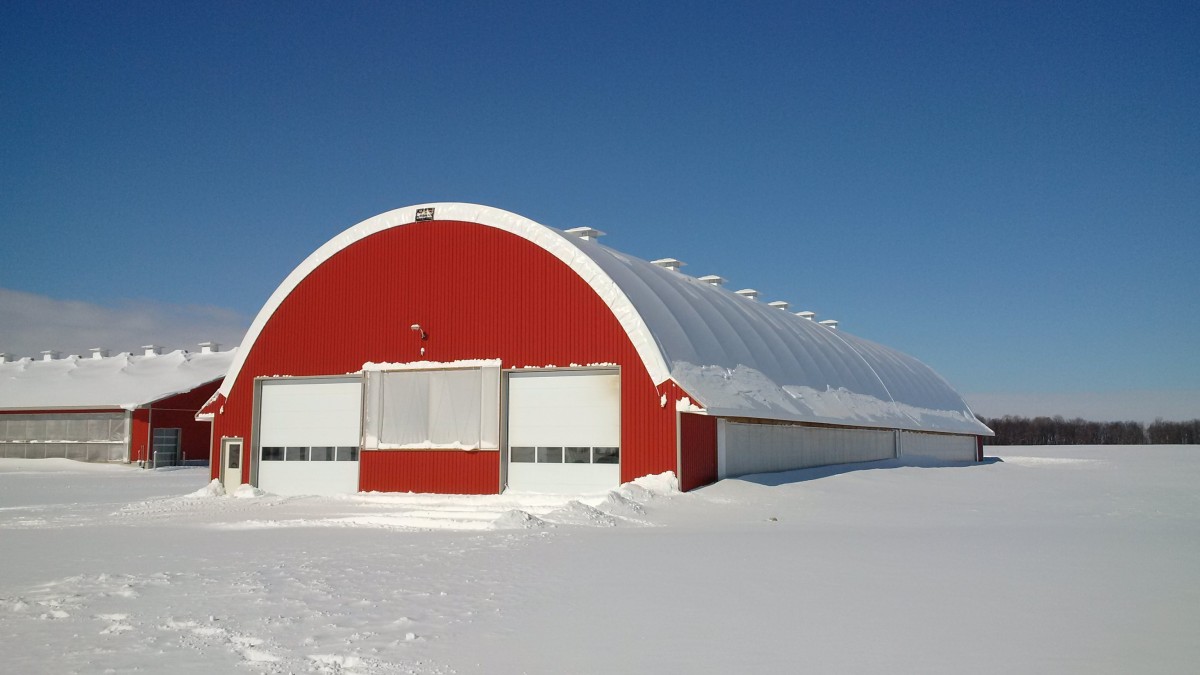By: Robert Lee
On a recent visit to a northern Manitoba First Nations community, I sat down with a few of the residents to discuss their housing issues. It was early spring and the frost was just coming out of the ground. Like many northern communities, workers build homes on a combination of rock and moss, none of which is level. In the spring, the moisture in the moss expands, pushing a corner of the foundation of the home upward. This causes the doors and even windows to shift, with broken windows, popped by this movement, a common sight. In the worst of winter, residents remove doorknobs so that the shifting does not trap them inside or out of their homes when the lock striker plate and latch misalign. The local carpenters keep busy replacing windows and adjusting door frames.
A part of the problem is the inability to bring up materials and complete the necessary quality work in the short summer season. Materials often can only arrive on winter roads. Tradespeople play “catchup” on repairs while trying to build new housing on-site throughout the community. Thus, the quality of workmanship suffers, making the housing crisis worse.
The INAC’s Solution
Yet, the band and INAC have overlooked a seemingly simple solution: build several houses at once in an enclosed environment, year-round. One of the reasons that bands have not embraced this idea is that authorities are still thinking of the 1970s construction. In their view, building a giant wood or steel warehouse in which to build a handful of houses would be counterproductive. They have failed to examine the benefits of using a fabric structure in which to build the homes.
Standard wood or steel buildings are heavy and the large spans of open interior space would be interrupted or segmented by support beams and posts. This would make building and removing the completed houses from the warehouse an almost impossible task. Fabric, or tension-fabric buildings can be constructed with huge clear spans, sometimes exceeding three hundred feet. Being lightweight, they require much less support than conventional buildings. Because they rely on the tension of the fabric for strength, they offer a more sturdy design in a harsh, windy environment. Also because of their design the ends can open almost fully, allowing workers to move in and out completed houses and bulky materials at will.
The poly-fabric is extremely durable, performing very well in extreme cold and extreme heat. While steel conducts heat and cold and wood requires dense insulation, pvc fabric structures help to keep the temperature regulated. At the same time, the open design allows for free airflow, significantly lowering heating costs. Polymer fabric buildings also require less lighting, with good translucence. If insulation is desired, insulated interior tarps or suspended insulation is an easy option.
Fabric Building Transportation
One of the great advantages of fabric buildings in the northern setting is the lower costs of transportation. Less material and less weight of the pieces reduces weight by up to 80%. In some cases, workers fly many of the parts in economically. Once on-site, assembly of poly-fabric buildings occurs in a fraction of the time required for conventional buildings. Even anchoring is easy, either by anchoring trusses and plates into rock or designing a floating footing system.
Fisher First Nations, in Manitoba’s Interlake, builds up to four homes at a time in their warehouse building for housing. This idea would work just as well in any remote community, allowing tradespeople to build homes throughout the entire year, at lower costs per unit than currently occurs, and at a higher standard of workmanship (because supervisors would be on-site at all times). A corollary to building RTM homes inside a fabric building is that local workers could be employed year-round, while residents benefit from improved housing.
Weight, cost, quality, ease, or flexibility each is a great reason to look more closely at using fabric structures in remote communities to benefit residents. Tension-fabric buildings offer First Nations people a great chance to help themselves to lower cost, better quality facilities and housing while creating new employment and income opportunities in regions where jobs are scarce, costs are high and quality suffers.




